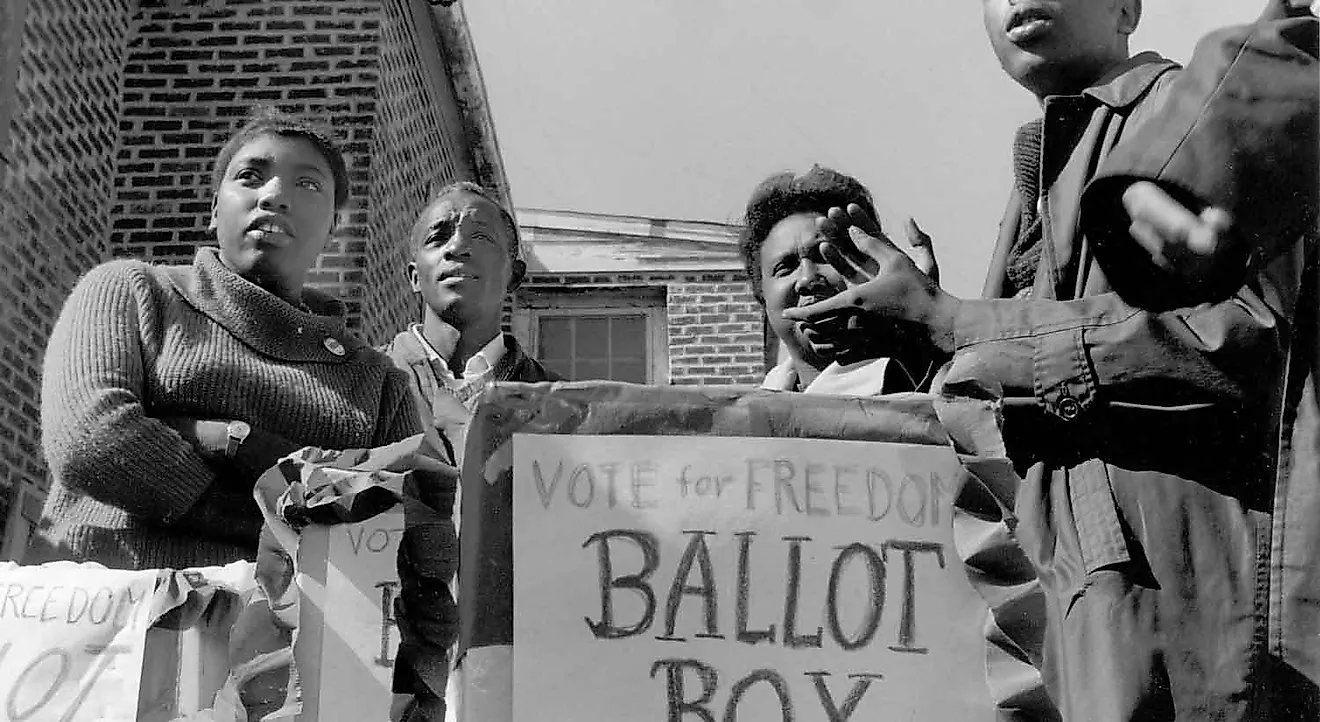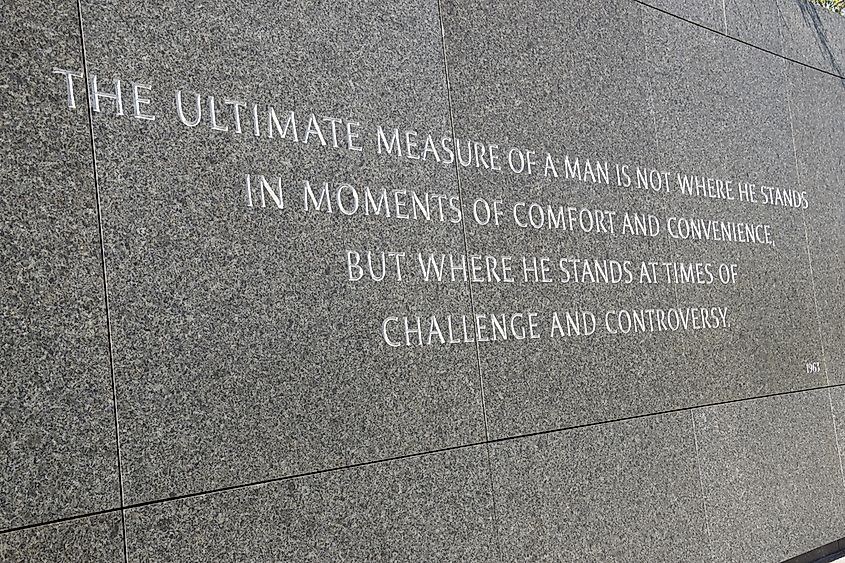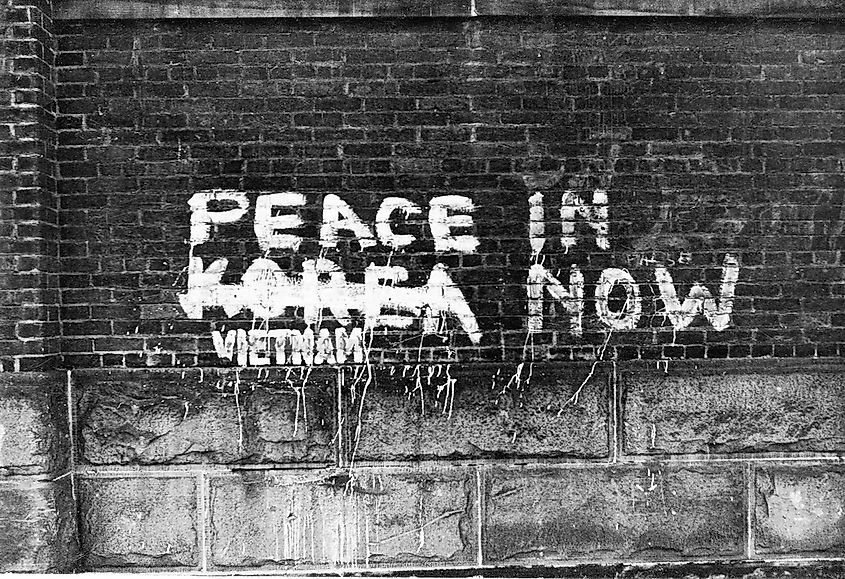What Did The Student Nonviolent Coordinating Committee Do?

- The Student Nonviolent Coordinating Committee (SNCC) was a political organization and the channel through which students participated in the Civil Rights Movement in the 1960s.
- The Student Nonviolent Coordinating Committee was founded in Raleigh, North Carolina, in 1960. It was a direct result of the student sit-ins that were occurring throughout the American South at the time. Students were protesting segregation and demanded equal rights.
- The SNCC also participated in the March on Washington in 1963, where Martin Luther King Jr. held his legendary “I Have a Dream” speech. This event was significant for the Civil Rights Movement and marked an important milestone that no one will forget.
- There were many white members in the SNCC during its beginnings. However, the switch to a more militant approach that placed a huge emphasis on the African-American identity created a racial separation among the members of the organization.
The Student Nonviolent Coordinating Committee (SNCC) was a political organization and the channel through which students participated in the Civil Rights Movement in the 1960s. The organization played a critical role during the movement and gave younger black people the voice that they so desperately needed.
It started as an interracial group whose primary aim was the promotion of nonviolence and peaceful protests. Still, it, later on, embraced a more militant approach and which reflected the direction of black activism in the United States at the time.
The Sit-Ins As The Origin
The Student Nonviolent Coordinating Committee was founded in Raleigh, North Carolina, in 1960. It was a direct result of the student sit-ins that were occurring throughout the American South at the time. Students were protesting segregation and demanded equal rights. Those particular sit-ins dealt with cases of restaurants refusing to serve black people because of the color of their skin. Students reacted by refusing to leave these restaurants as a form of protest.

The nonviolent nature of these protests sparked an interest in the public eye, and the entire nation became aware of the SNCC quickly. These protests made the whole nation aware of the racist practices that were still going on in the South, and the reaction was harsh. SNCC continued its efforts and fought for equal rights in the following years.
They started to take part in community organizations and participated in the Freedom Rides in 1961. Freedom Rides were a form of protest against segregation in interstate buses in the South. Segregation was declared unconstitutional, but many people were still illegally enforcing it.
Participation In Important Events And New Philosophies
The SNCC also participated in the March on Washington in 1963, where Martin Luther King Jr. held his legendary “I Have a Dream” speech. This event was significant for the Civil Rights Movement and marked an important milestone that no one will forget. They also fought to enforce the Civil Rights Act of 1964, which outlawed discrimination based on race, color, religion, sex, or nationality. It also prohibited racial segregation in public spaces and inequality when it came to voting rights. This was another monumental event for the Civil Rights Movement, and the SNCC played an important role in achieving it.

The SNCC also protested against the Vietnam War, starting with the year 1966. In the following years, they started becoming more and more politically active and were subjected to violent attacks from racist individuals and organizations. This forced them to switch their nonviolent ways into those that were more militant. This was inspired by the Black Power movement that started gaining traction in the mid-1960s. One important thing that might have helped usher in this change was the new leadership in the organization. John Lewis was the first chairman of SNCC but was replaced by Stokely Carmichael in 1966.
There were many white members in the SNCC during its beginnings. However, the switch to a more militant approach that placed a huge emphasis on the African-American identity created a racial separation among the members of the organization. The group continued developing in that direction and gravitating towards groups like the Black Panther Party. This led to the eventual disbandment of the organization.











